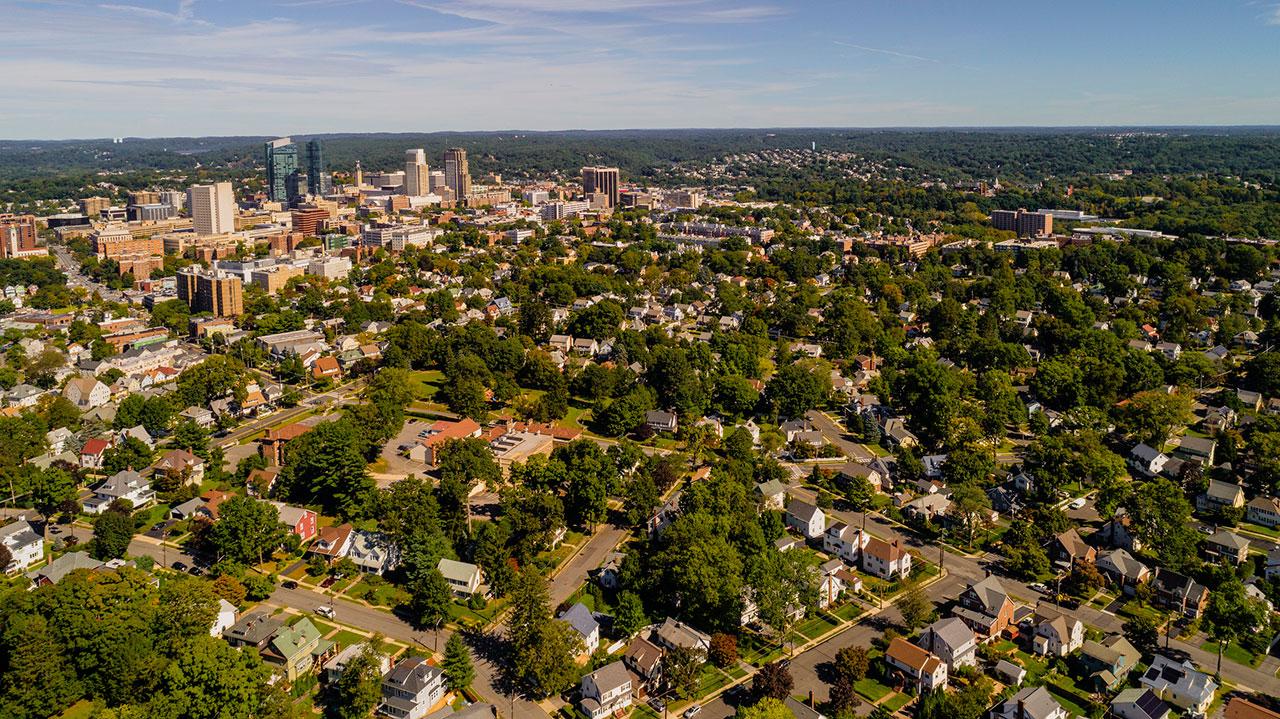California and New York, in dealing with serious housing shortages affecting their largest metropolitan regions, offer a surprising study in contrasts. In New York, the ostensibly progressive state legislature pursues punitive rent regulations and public subsidies to solve New York City’s housing problems—misguided policies that will only increase shortages. Local control of land-use policy remains sacrosanct, no matter how dysfunctional the outcome. Communities’ right to exclude all but the most affluent residents remains unchallenged. By contrast, California’s legislature has conducted a robust debate about how the state government should overcome local resistance to new housing development, and taken some sensible ameliorative steps. Admittedly, serious challenges remain to boosting the state’s supply. Senate Bill 50, a pro-housing bill, failed to advance, and the legislature recently passed a statewide rent-increase cap, albeit one less onerous than New York’s recent law.
But California’s legislature has also vigorously advocated accessory dwelling units, or additional units—within existing homes and in backyards—built on lots exclusively zoned for traditional single-family detached properties. Beginning in 2017, the legislature enacted bills requiring communities to make building ADUs easier. Such laws, when embraced by local governments, have had a positive impact on cities’ housing supply. In Los Angeles, for example, ADU permits increased from 117 in 2016 to 4,171 in 2018. While pent-up demand partially accounted for this increase, ADUs now comprise 20 percent of units that have received building permits citywide.
Responding to local governments that hinder adding ADUs, the Golden State’s most recent round of legislation—Assembly Bills 68 and 881, combined as one bill—limits burdensome regulations like minimum lot sizes and setback requirements and allows up to two ADUs on every single-family lot. Senate Bill 13, meantime, prohibits owner-occupancy requirements and limits impact fees, which also operate as constraints on supply. According to the pro-housing California Renters Legal Advocacy and Education Fund, these laws ensure “that single-family exclusive zoning will be effectively abolished statewide . . . Given the prevalence of single-family zoning in California, these changes will represent a massive increase in the state’s capacity for housing development with a stroke of the Governor’s pen.”
California’s housing progress contrasts with New York’s housing stasis. Albany hasn’t acted on or even debated overcoming restrictive local zoning to meet metro New York’s growing housing needs. Municipal control over land use is considered beyond reproach, despite its persistent shortages. In 2018, according to the U.S. Census Bureau, New York City granted permits for 20,910 new housing units, an inadequate number for a city of more than 8 million people. The suburbs fared even worse, with Nassau, Suffolk, and Westchester counties permitting just 3,658 new units—comparable with the smaller, poorer Bronx—for a combined population of 3.8 million. While housing-unit statistics have remained stagnant, the state’s Department of Labor confirmed New York City’s decade-long run of private-employment gains, with an increase of about 90,000 jobs over the prior year. Nassau and Suffolk counties had a smaller one-year gain of 4,000 jobs, but experienced overall increases since 2011. Westchester saw modest private job growth.
The housing needs of New York and its suburbs won’t be solved by an ADU law; after all, that would require localities allowing dense apartment buildings along transit routes, in the spirit of SB 50. But over time, an ADU law could make a difference. About 15 percent of New York City’s residential land is zoned only for single-family homes, particularly in eastern Queens and Staten Island. Those areas are usually close to neighborhoods where two-unit homes are permitted; often, single-family neighborhoods have larger lots and bigger yards. In the suburbs, single-family zoning, along with large required lot sizes, exists almost everywhere.
These zoning restrictions are based on the idea that protecting neighborhood character should be the sole criteria for determining permissible change. Indeed, most neighborhoods have outstanding quality of life. Many New Yorkers would like to move into these neighborhoods—but few can. All around them, businesses continue to create new jobs; the labor force is drawn from far away, but employment requires arduous commutes. An ADU law would provide cheaper housing because the units are smaller. Single-family neighborhoods in New York City and its suburbs are, or could be, served by local bus transit and, in some cases, subways and commuter rail. ADUs could even support more frequent service. New York’s legislature, like California’s, should consider ADUs as an innovative, low-impact solution that respects a neighborhood’s scale while expanding rental-housing availability to young adults, seniors, and service workers.
Photo: AlexPotemkin/iStock
